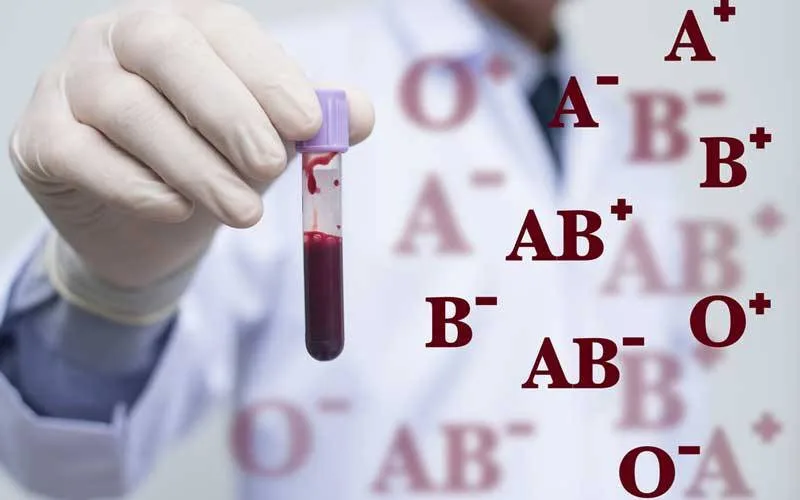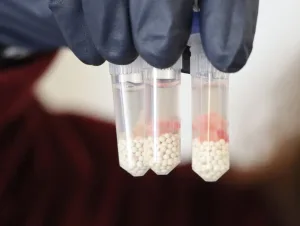In a groundbreaking discovery, scientists have identified a new blood group system, shedding light on a 50-year-old medical enigma. This discovery adds the “Er” blood group to the list of recognized systems, potentially transforming our understanding of transfusion medicine and improving patient safety worldwide.
What is the New Blood Group System?
Named the “Er blood group,” this newly classified system is based on specific proteins found on the surface of red blood cells. While most people carry the common variants, rare cases have perplexed medical professionals for decades, particularly during blood transfusions when patients experience adverse reactions despite apparent compatibility.
This discovery resolves a long-standing question about these unexplained reactions and underscores the complexity of blood compatibility.
The Significance of Blood Group Systems
Blood group systems, such as the well-known ABO and Rh groups, are crucial for ensuring safe blood transfusions and organ transplants. Mismatched blood can lead to life-threatening immune responses. With the identification of the Er system, researchers can now screen for its rare variants, reducing the risk of complications during transfusions.
Dr. Angela Richardson, a lead researcher in the study, explains:
“The discovery of the Er blood group system highlights how much we still have to learn about human biology. This breakthrough allows us to better serve patients with rare blood types.”
How the Discovery Happened
The journey to identifying the Er blood group began with a series of medical anomalies. Researchers analyzed cases where patients had unexplained transfusion reactions. By using advanced genetic sequencing techniques, they pinpointed mutations in the gene encoding a specific protein responsible for the Er blood group.
This meticulous process not only confirmed the presence of the new blood group but also highlighted its variations, including some extremely rare types found in specific populations.
Implications for Medicine and Transfusion Safety
The identification of the Er blood group has far-reaching implications:
- Improved Transfusion Accuracy: Blood banks can now include the Er system in their screening processes, ensuring better compatibility for high-risk patients.
- Enhanced Rare Blood Matching: The discovery aids in locating compatible donors for individuals with rare Er variants.
- Broader Understanding of Blood Science: It opens the door for further research into unexplored aspects of human blood.
What This Means for You
While most people will never need to worry about the Er blood group, this discovery underscores the importance of innovation in medical research. For patients with rare blood types, it’s a game-changer, offering hope for safer treatments and improved health outcomes.
Looking Ahead
As scientists continue to unravel the mysteries of human biology, the discovery of the Er blood group system reminds us of the potential for life-saving advancements hidden within the smallest details. This breakthrough is not just a milestone in medical science but a testament to the relentless pursuit of answers that could benefit humanity as a whole
#NewBloodGroup #ErBloodGroup #MedicalBreakthrough #BloodTransfusion #RareBloodTypes #HealthScience #GeneticResearch #MedicalDiscovery #TransfusionSafety #BloodCompatibility




+ There are no comments
Add yours